March 27, 2024
By News Staff
ROME — The Air Force Research Lab, known locally as Rome Lab and located on the Griffiss Business and Technology Park, will receive more than $415 million in funding in Fiscal Year 2024, according to an announcement by Rep. Elise Stefanik, R-21, Schuylerville.
The funding, Stefanik said, represents a historic allocation for the lab and its critical mission — which involves work in high-tech surveillance, reconnaissance, quantum information science and intelligence.
“I am proud to announce that I secured over $415 million in defense spending for the U.S. Air Force Research Laboratory in the City of Rome through this year’s appropriations process. This funding includes a $25 million investment in the Air Force Research Lab’s annual Future Flag testing and evaluation exercise, which is conducted in Lewis, NY, to ensure our service members have access to the best technology possible,” Stefanik said.
According to federal and defense contracting figures, Rome Lab directly employs more than 700 civilians and 50 military personnel, who work alongside nearly 400 civilian contractors on site. According to the AFRL, Rome Lab, one of several AFRL sites across the U.S., has a total economic impact of more than $511 million across a five-county region of Central New York, including Oneida, Madison, Herkimer, Oswego and Onondaga counties.
Although Rome and Rome Lab are currently in the 22nd Congressional District, represented by Rep. Brandon Williams, R-22, Sennett, northern Oneida County, including Rome, are set to move into the 21st District, represented by Stefanik. The House requested funding for Rome Lab in Fiscal Year 2023 was roughly $290 million.
“The federal appropriation for Rome Lab this year is truly historic,” said Oneida County Executive Anthony J. Picente Jr. “Never before have we seen such an increase. It is a tremendous statement of support by the United States Congress and a testament to the importance of AFRL’s mission. I thank Congresswoman Stefanik for helping to secure this immense funding and for her ardent championing of Oneida County’s assets at the Griffiss Business and Technology Park in Rome. Together with investments made by our county government, this funding will strengthen our national security and provide a major opportunity to grow our region’s high-tech industry, particularly in our leading areas of Quantum Information Science and UAS research.”
“On behalf of the City of Rome, I want to thank Congresswoman Stefanik for her advocacy in securing $415 million in funding for the Air Force Research Lab in Rome,” said Rome Mayor Jeffrey Lanigan. “This investment not only fortifies our nation’s defense capabilities but also underscores the vital economic impact this facility has on our city. Congresswoman Stefanik’s support ensures that Rome remains a hub for innovation, driving economic growth for our community. We appreciate her dedication to our nation’s security and the prosperity of our city.”
“This is wonderful news for our region,” remarked Heather Hage, president and CEO of Griffiss Institute. “Today’s result demonstrates clearly Congress’s unwavering, bipartisan support for AFRL’s critical mission in defending our nation’s security. Rome Lab is the lead agency for the Department of Defense in quantum research and this tremendous increase shows clearly that investments in QIS are a national priority. Such extraordinary support from Congress will enable our region to build a robust quantum industry focused on critical national security applications.”
“This funding will enhance and support the innovative and critical work, research and development that takes place every day at the lab while strengthening this important military asset,” said state Sen. Joseph A. Griffo, R-53, Rome.
Key funding increases for AFRL Rome, Stefanik said, is included the following allocations:
- $25 million for Future Flag operational experimentation;
- $20 million for secure quantum computing facility;
- $20 million for university-based quantum materials applied research;
- $20 million for antenna development for assured communications and networks;
- $15 million for ion trap quantum computing;
- $10 million for photonic chips for quantum computing;
- $10 million for heterogeneously integrated photonics and electronic technologies;
- $10 million for quantum entanglement distribution;
- $10 million for multi-domain RF spectrum environment;
- $10 million for cyberspace dominance technology;
- $10 million for quantum cryptography;
- $10 million for quantum network testbed;
- $10 million for UAS traffic management advanced air mobility enhancements;
- $4 million for photonic quantum computing;
- $2.5 million for programmable computing fabric networks;
- $2.5 million for internet of things living ecosystem;
- $2 million for technology innovation collaborative;
- $2 million for C-UAS high speed imaging technology;
- $2 million for B-52 agile pod capability; and
- $1 million for nationwide integration of time resiliently for operations.





